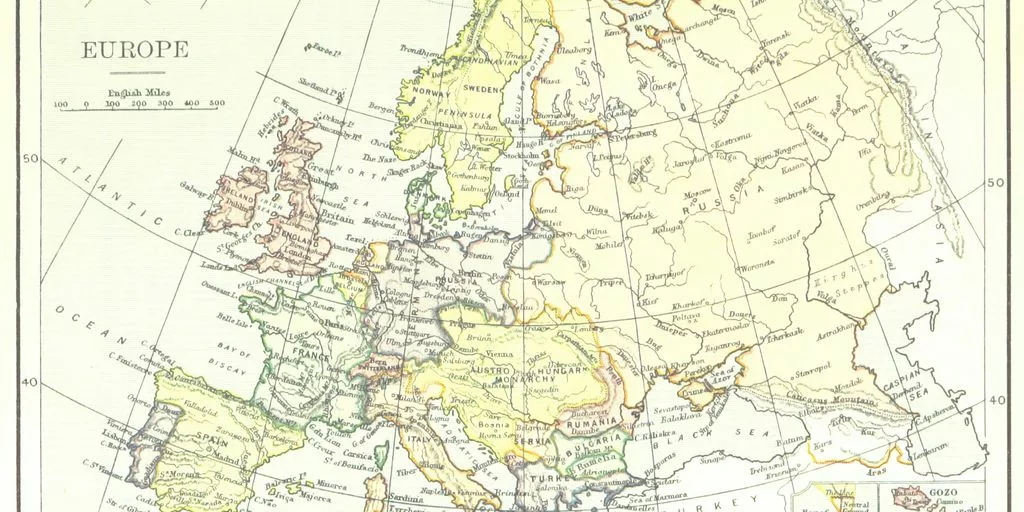
Immersing in Local Traditions
Discovering the heartbeat of a new place means more than just watching from the sidelines. It’s about diving headfirst into local traditions. This active participation opens doors to understanding a community’s values, history, and daily life. One of the best ways to do this is by joining in on cultural festivals, where the true spirit of a community shines brightly.
Participating in Cultural Festivals
Cultural festivals are a vibrant display of a community’s soul. From colorful parades to traditional dances, these events offer a firsthand look at local life. It’s like having your own personal guidebook to the local way of life. Remember to approach these experiences with respect and an open heart.
Understanding Local Customs
Delving into local customs goes beyond just observing. It’s about understanding the historical context and the reasons behind these practices. This deeper connection not only enriches your travel experience but also helps in preserving these traditions. By engaging with locals and showing genuine interest, you foster mutual respect and understanding.
Engaging with Indigenous Art
Indigenous art is a window into the cultural narrative of a place. Whether it’s through craft workshops, storytelling sessions, or hands-on activities, participating in these artistic expressions allows you to become a part of the cultural preservation process. This interaction supports communities and keeps their heritage alive.
Culinary Journeys Around the World
Cuisine is often a gateway to cultural understanding, inviting travelers to savor the flavors and aromas unique to each locale. Exploring local food markets, sampling traditional dishes, and understanding the significance of certain ingredients contribute to a sensory journey that complements other cultural explorations. Food becomes a shared experience, a communal celebration that transcends language barriers.
Exploring Street Food Delights
Experimenting with local dishes is a direct immersion into the flavors that have been perfected over generations. Each dish carries a narrative of cultural exchange, migration, trade, and historical evolution. By venturing beyond familiar tastes, travelers embark on a gastronomic journey that not only tantalizes the taste buds but also reveals the intricate connections between food and cultural heritage.
Dining with Locals
Knowledgeable locals who share the secrets behind each dish. Whether it’s savoring street food in Bangkok, indulging in tapas in Barcelona, or exploring the aromatic spice markets in Marrakech, these culinary delights become an integral part of the cultural tapestry woven during these walking tours.
Cooking Classes and Culinary Tours
In essence, food is a portal that transcends the boundaries of language and geography, providing an intimate connection to a culture’s history and traditions. Experimenting with local dishes, navigating street markets, and savoring authentic flavors constitute a sensory journey that deepens the travel experience. It’s a celebration of diversity, a testament to the resilience of cultural heritage, and a pathway to building meaningful connections with the communities explored.
Historical Landmarks and Heritage Sites
Visiting Ancient Ruins
Step back in time as you wander through ancient ruins. These sites offer a glimpse into the lives of past civilizations. Imagine walking where emperors once stood and exploring hidden gems in satellite cities. From the Great Pyramid of Giza to the Roman Forum, these places promise a unique and fascinating glimpse into history.
Exploring Historic Cities
Historic cities are like open-air museums. Stroll through cobblestone streets, marvel at centuries-old architecture, and soak in the rich cultural tapestry. Each corner tells a story, from bustling markets to quiet alleys. Embrace local culture and discover the charm of these timeless destinations.
Understanding Architectural Styles
Architecture is a window into a culture’s soul. By understanding different architectural styles, you can appreciate the creativity and societal values of a bygone era. Whether it’s Gothic cathedrals or modernist buildings, each style has its own story to tell. Dive into Dubai’s rich cultural tapestry and explore the diverse neighborhoods that showcase these styles.
Historical landmarks stand as tangible symbols of a community’s endurance and progress. They serve as living testaments to the resilience, creativity, and societal values of a bygone era.
Traditional Music and Dance

Traditional music and dance are the heartbeats of many cultures, offering a window into the soul of a community. Experiencing these art forms can be a transformative journey, connecting you to the rhythms and stories of a place. From lively Irish folk music to the powerful Siva Tau war dance of Samoa, each performance tells a unique tale.
Experiencing Folk Music
Folk music is more than just melodies; it’s a cultural language that moves people. Whether it’s the joyful tunes of Irish folk music or the rich cultural heritage of Southeast Asia, these sounds are deeply rooted in history and tradition. Listening to folk music allows you to feel the pulse of a culture and understand its essence.
Learning Traditional Dances
Participating in traditional dances is like stepping into a living storybook. Each movement and gesture has meaning, often tied to folklore and ceremonies. By learning these dances, you tap into the cultural expressions passed down through generations. It’s a fun and engaging way to connect with the local community and its traditions.
Attending Cultural Performances
Cultural performances are vibrant showcases of a community’s artistic heritage. These events often feature a mix of music, dance, and storytelling, providing a rich tapestry of cultural expressions. Attending these performances not only entertains but also educates, offering insights into the societal values and historical contexts that shape these traditions.
Art and Craftsmanship
Visiting Artisan Markets
Dive into the heart of local culture by exploring artisan markets. These bustling hubs are where tradition meets creativity. From intricate wood carving in Nepal to vibrant textiles in India, each market offers a unique glimpse into the region’s heritage. Don’t miss the chance to chat with the artisans and learn about their craft.
Understanding Traditional Crafts
Traditional crafts reflect the unique heritage, materials, and techniques of their region. Whether it’s Japanese origami or Indian textiles, these crafts tell a story of cultural identity and history. The arts and crafts movement highlighted the importance of preserving these skills, ensuring they are passed down through generations.
Participating in Craft Workshops
Get hands-on with local traditions by joining craft workshops. These sessions, often led by master artisans, provide a behind-the-scenes look at the artistic process. From pottery to weaving, you’ll gain a deeper appreciation for the craftsmanship involved. Plus, it’s a fun way to create your own souvenir while supporting the local economy.
Engaging with local artisans and craftsmen is more than just a transaction; it’s a cultural exchange that helps preserve heritage and supports the livelihoods of artists.
Language and Communication
Language is a powerful tool for connecting with people and cultures. Learning even a few basic phrases in the local language can make a big difference in your travel experience. It shows respect and opens doors to deeper connections.
Learning Basic Phrases
Start with simple greetings and common expressions. Knowing how to say "hello," "thank you," and "please" can go a long way. You don’t need to be fluent; just a few words can make locals feel appreciated.
Understanding Non-Verbal Cues
Communication isn’t just about words. Pay attention to body language, gestures, and facial expressions. These non-verbal cues can help you understand the local culture better and avoid misunderstandings.
Engaging in Language Exchange
Participate in language exchange programs or find a local willing to teach you. This is a great way to learn the language and understand the cultural context. Plus, it’s a fun way to make new friends and immerse yourself in the local community.
Language is more than just a means of communication; it’s a bridge to understanding and appreciating the rich tapestry of global cultures.
Conclusion
Traveling around the world and exploring different cultures is more than just a fun adventure. It’s a way to learn and grow as a person. By meeting new people and experiencing their traditions, we can understand and appreciate the world better. So, pack your bags and open your heart to the rich tapestry of global cultures. Every journey you take will leave you with memories and lessons that last a lifetime.
Frequently Asked Questions
What are some ways to immerse myself in local traditions while traveling?
You can join cultural festivals, learn about local customs, and engage with indigenous art to fully experience local traditions.
How can I explore the culinary scene of a new place?
Try street food, dine with locals, and take cooking classes to get a taste of the local cuisine.
What should I know before visiting historical landmarks and heritage sites?
Research the history, respect the site, and understand the architectural styles to appreciate the significance of these places.
How can I experience traditional music and dance during my travels?
Attend cultural performances, listen to folk music, and learn traditional dances to immerse yourself in the local culture.
What are some ways to appreciate local art and craftsmanship?
Visit artisan markets, learn about traditional crafts, and participate in craft workshops to understand and appreciate local art.
How can I communicate effectively in a foreign country?
Learn basic phrases, understand non-verbal cues, and engage in language exchanges to communicate better with locals.






